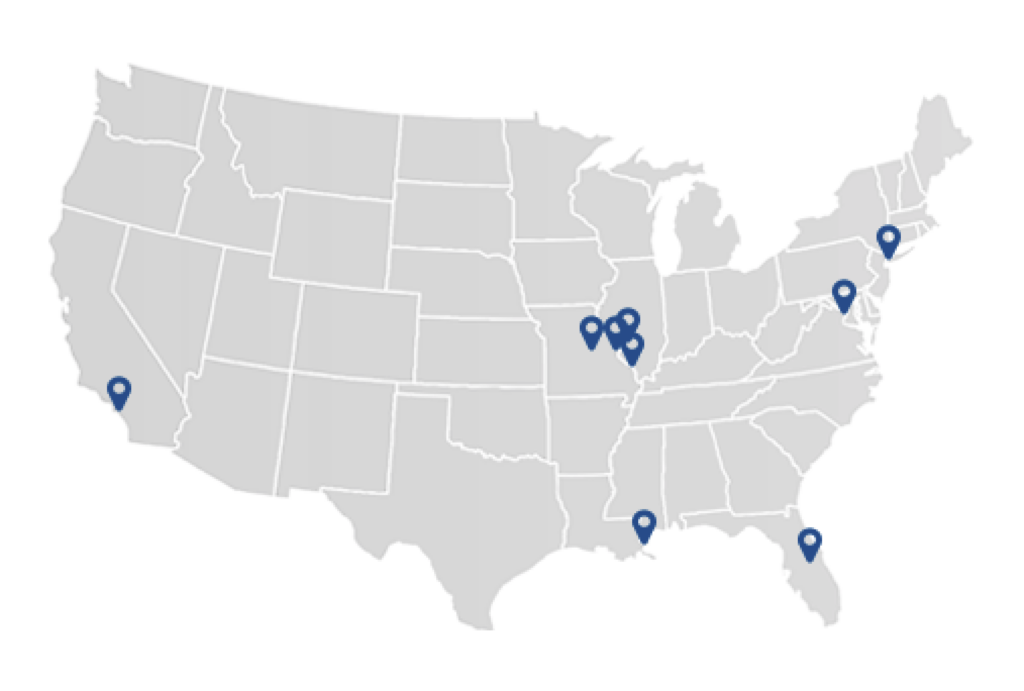For decades, we have known that asbestos fibers are harmful when people breathe them in. They can cause incredible damage by lodging in areas like the lungs, causing serious diseases, including cancer. So, if we know how dangerous asbestos is, why is it still taking the lives of thousands of people every year?
Parties who recently secured settlements with the U.S. Environmental Protection Agency hope their cases will address this.
Improvement in regulation and evaluation
Multiple parties recently settled two cases with the EPA regarding how the agency evaluates and regulates asbestos.
Currently, there are troubling gaps that allow so-called legacy asbestos to exist in older buildings and do not take into account the full range of health hazards associated with asbestos fibers.
However, as part of one settlement, the EPA agreed to expand its risk evaluation by looking at all six types of asbestos fibers instead of just one. It will also examine a broader range of cancer and non-cancer risks associated with asbestos exposure.
The second settlement focuses on improved risk evaluation of legacy asbestos. The EPA previously did not include the risk of asbestos already occurring in consumer products and building materials. The agency agreed to complete a full assessment by the end of 2024, a deadline that was not previously in place.
What these cases mean for individuals
The U.S. does not completely ban the use of asbestos, despite the fact that it could be under the Toxic Substances Control Act (TSCA). Industry groups and agencies like the EPA have argued against a complete ban, favoring regulating it instead.
However, cases like these two we discussed above illustrate the fact that there remain gaps in policies that continue to put individuals in danger of asbestos exposure and related illnesses, like mesothelioma. Until these gaps can be closed, they will continue to leave people vulnerable to toxic products.



